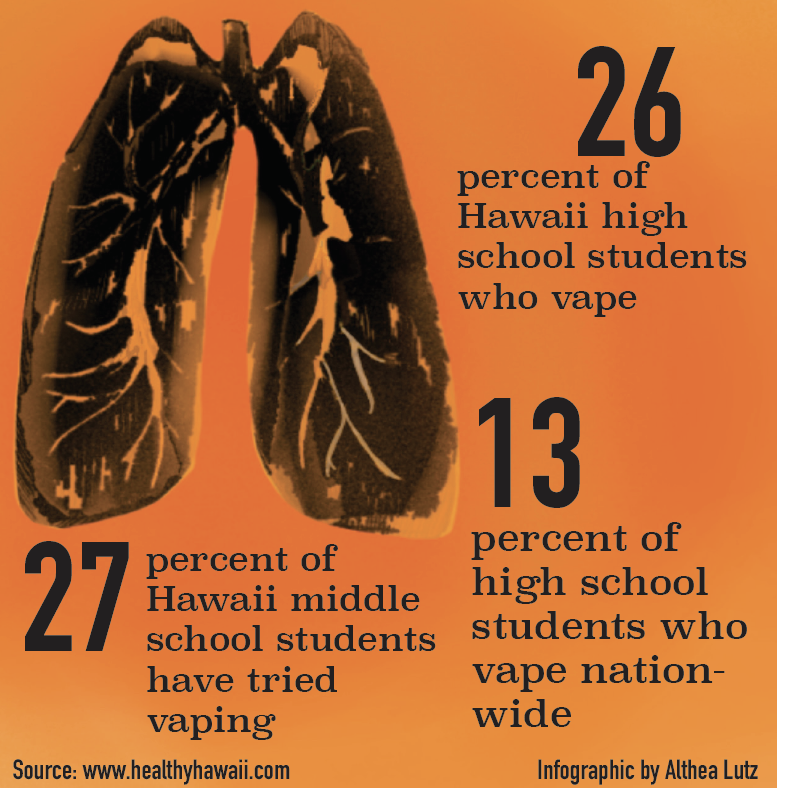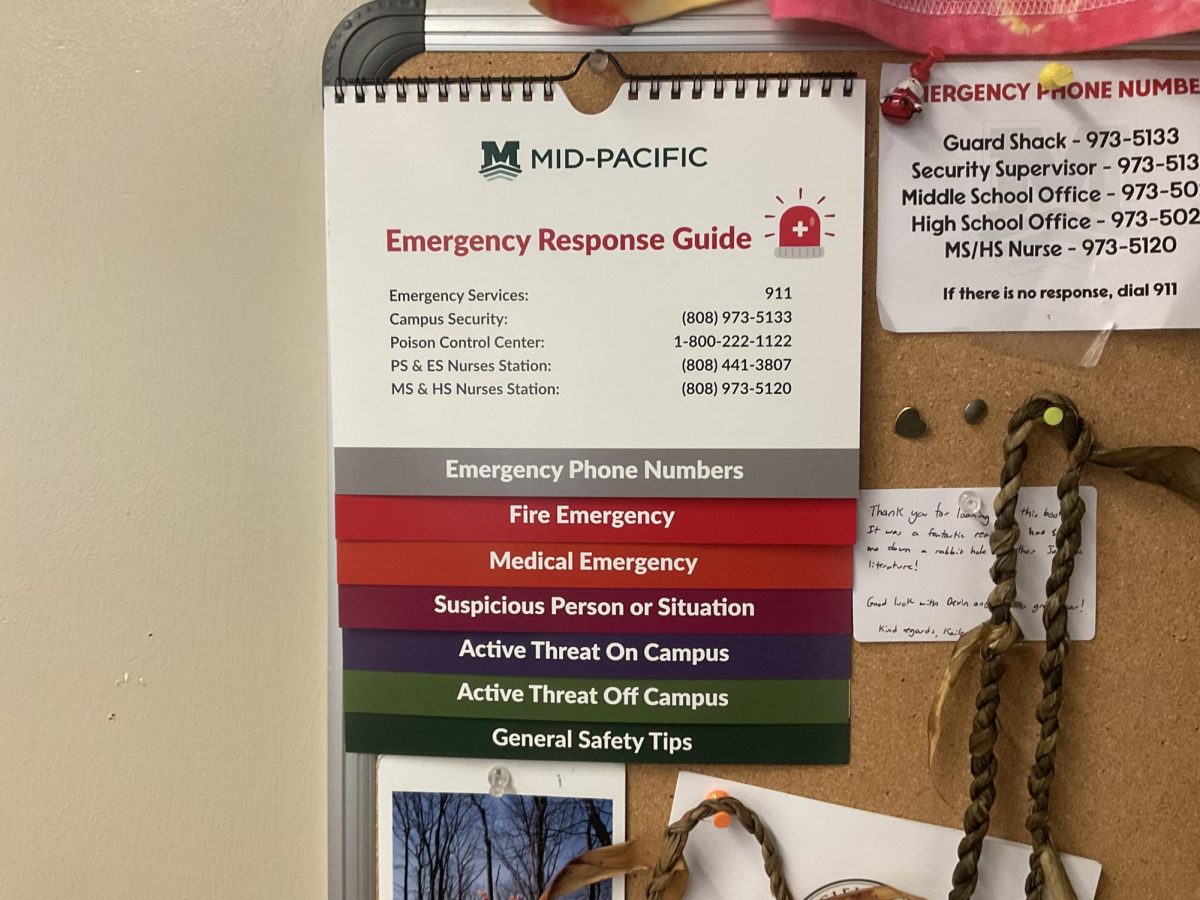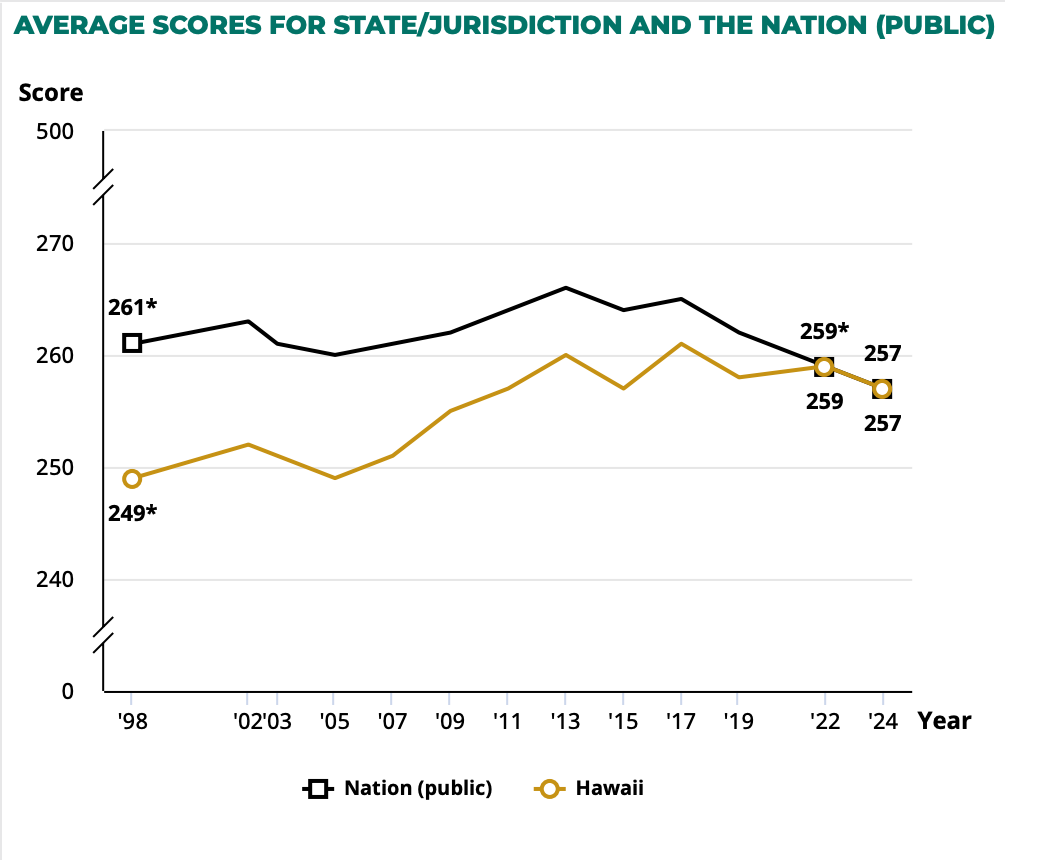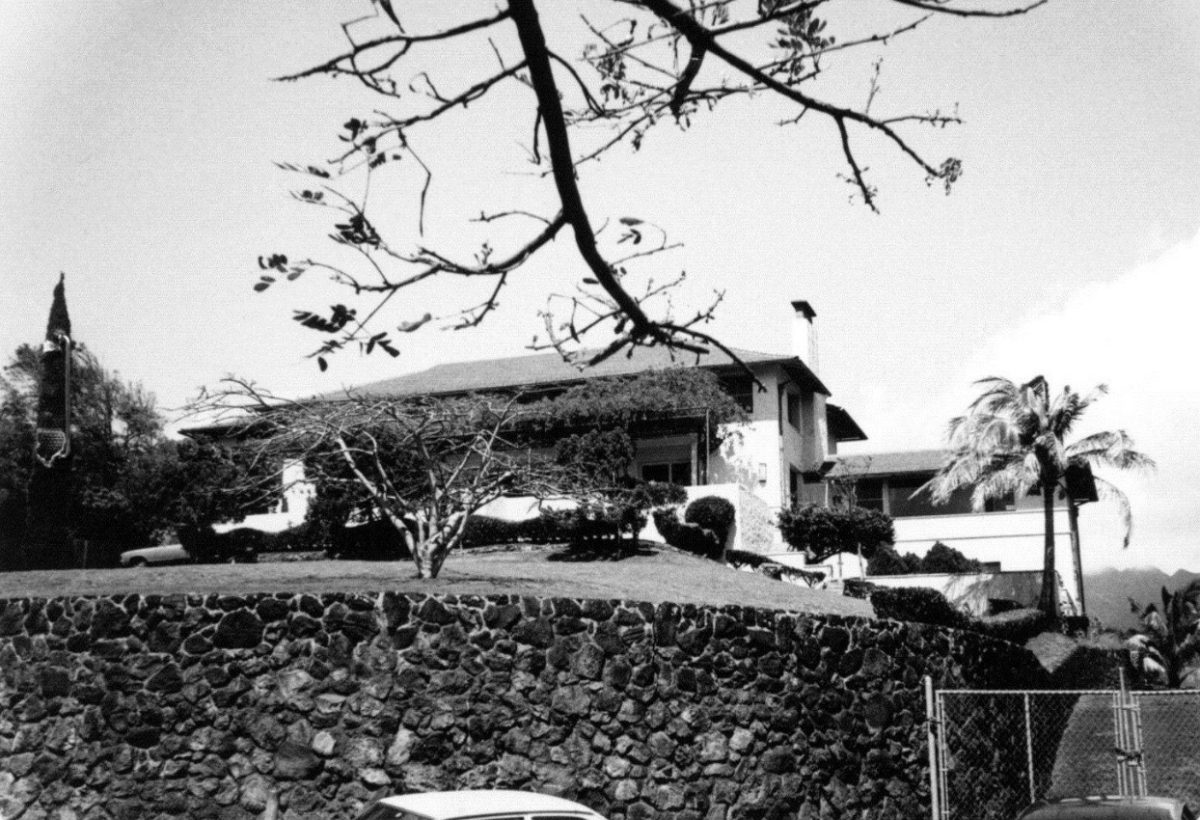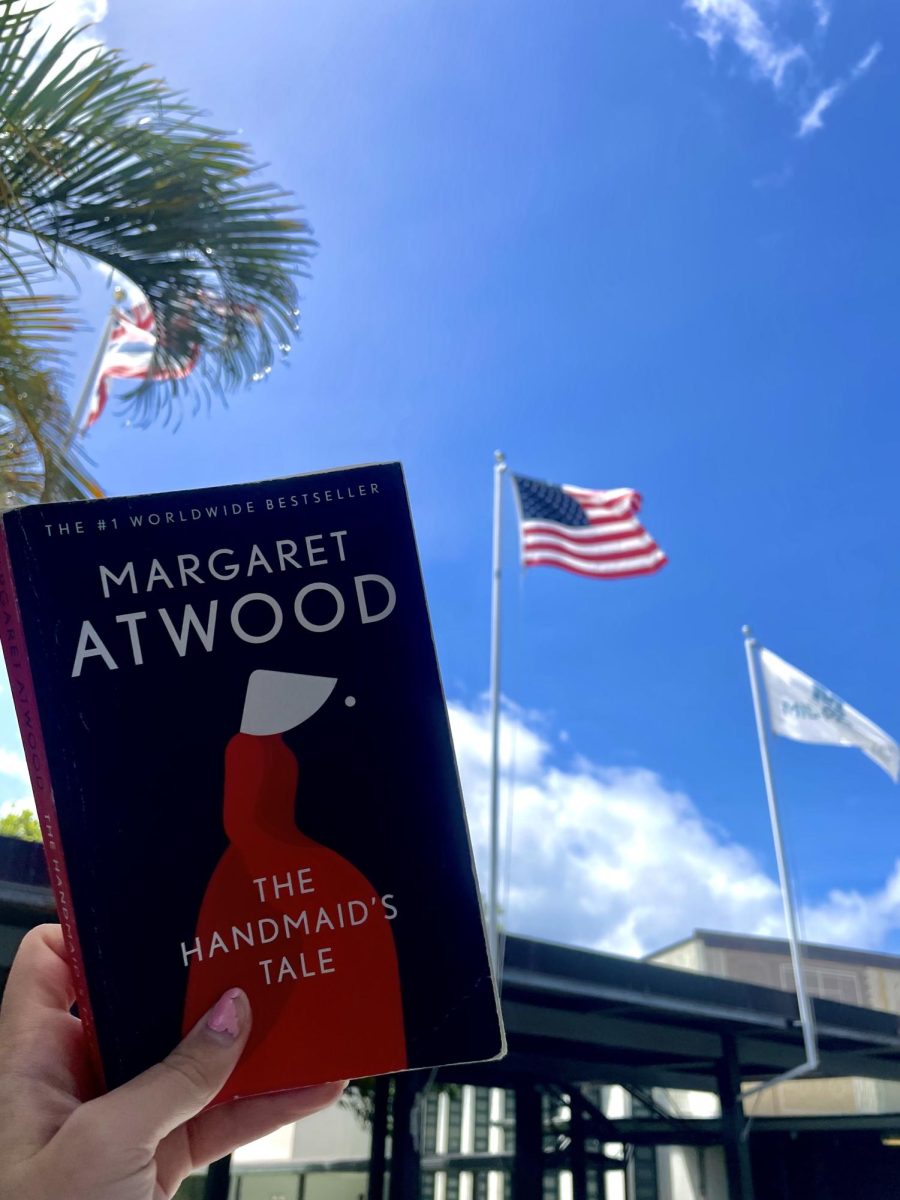Vaping comes with new dangerous health risks
October 24, 2019
As a sixth grader, a Mid-Pacific student was peer pressured into vaping for the first time, and she hasn’t stopped since.
It was a sixth-grade birthday party three years ago. Someone pulled out a vape and started passing it around. At first, the Mid-Pacific student denied the offer, but as more of her friends tried the device, she felt compelled to take a hit.
Now, three years later, this student continues to vape as a freshman.
“Vaping makes me feel calm,” said the student. Still, she said she regrets trying the electronic device.
“It’s bad for my health and I don’t want to die,” said the student. Although her reasoning may have seemed harsh, it’s not inaccurate. Hawaii vaping rates are some of the highest in the nation, and e-cigarettes are commonly found in high schools including Mid-Pacific.
Source: Hawaii State Department of Health
As of October 8, 2019 there were 1,299 reported illnesses and 26 deaths due to vaping nationwide, according to the Centers for Disease Control and Prevention.
Additionally, Hawaii high schoolers are more prone to the risks of vaping because they are twice as likely to vape than typical high schoolers around the U.S., said Dr. Bryan Mih, Kapiolani Medical Center Pediatrician.
More than 25 percent of Hawaii high schoolers are active users of e-cigarettes, according to the Hawaii State Department of Health.
Large e-cigarette companies intentionally target teens with vibrant colors, a variety of flavors, and easy online accessibility, said Mih. Additionally, minors are baited with common misconceptions pertaining to vaping.
The term “vaping” implies vapor is being inhaled, when really it is chemicals superheated and burnt into a fine spray.
The aerosolized particles have been found to be carcinogenic (cancerous) said Lorena Gaskill, Former Mid-Pacific Nurse.
“[Vaping companies] don’t care about health, they care about money – the earlier they hook someone on nicotine, the longer they will be making money off of them,” said Gaskill.
E-cigarette corporations capitalize on teenagers as their main demographic so their consumers can start a nicotine addiction early on and will continue to come back to buy more of their products.
There are statistics that support the theory that people are more susceptible to nicotine addiction at young ages. Because the brain is still developing synapses until the age of 25, people are 90 percent more likely to become addicted to nicotine products when they start using them under the age of 18, said Mih.
In Hawaii, many children start vaping in middle school. At Mid-Pacific, students are taught the risks of vaping from a young age, said Seventh Grade Dean Jessica Rose. Paul Turnball, the president of Mid-Pacific and Gaskill sent out vaping risks and statistics to Mid-Pacific families and faculty last year via email. On campus, there are now vaping awareness posters in many of the bathrooms, to educate students on the dangers of vaping.
Furthermore, Mid-Pacific is planning to collaborate with the American Heart Association in February, heart health month to bring in a guest speaker knowledgeable about vaping, said Rose.
There’s a false conception among e-cigarette users that vaping is a healthier alternative to smoking. In reality, it’s hard to compare the two because they are completely different.
“Transitioning from vaping to smoking is like trying to avoid a concussion from quitting football and starting up soccer. Each are risky in their own way,” said Gaskill.
On October 7, 2019, the Hawaii State Department of Health issued an advisory regarding e-cigarette and vape usage. The health advisory did not ban e-cigarettes, but advised the public not to partake in the activity
“Do not use e-cigarettes or vaping devices of any king. If you don’t use vaping devices, don’t start. If you are using a vaping device, stop,” said the Hawaii Department of Health statement.
“The bottom line is using a highly addictive, unregulated device filled with superheated chemicals and inhaling it into your lungs is really a stupid idea – at any age,” said Gaskill.
(Infographic on image below with Hawaii vaping percentage rates)

